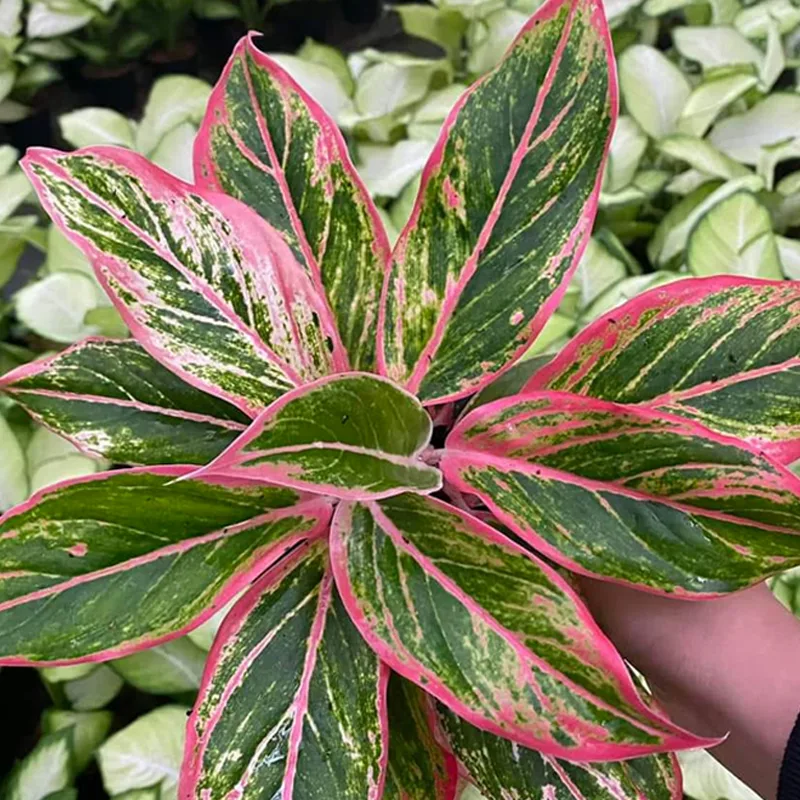
What is Salix Exigua?
For years, I’ve been captivated by the resilience of riparian ecosystems. There’s a constant dance between water and land, a delicate balance that certain plants thrive in. One such plant that’s become a favorite of mine is the Salix exigua, or the sandbar willow.
This isn’t your average weeping willow; the sandbar willow is a tough customer, perfectly adapted to life along rivers and streams. Its slender, grayish-green leaves shimmer in the sunlight, and in spring, it explodes with fuzzy yellow catkins that add a touch of whimsy to the landscape. But beyond its undeniable beauty, the sandbar willow offers a wealth of ecological benefits.
684 Species in Genus Salix
Where Does the Sandbar Willow Thrive?
While the sandbar willow thrives in riparian zones – those areas bordering rivers and streams – its versatility extends beyond the water’s edge. It can tolerate drier conditions, making it a valuable addition to rain gardens and areas prone to erosion. The extensive root system helps anchor the soil, preventing precious topsoil from washing away during heavy rains.
However, when planting a sandbar willow, it’s crucial to consider its mature size. These willows can reach up to 23 feet tall, so you’ll need to provide ample space for them to grow without crowding other plants or structures.
Salix Exigua vs Salix Interior
I’ve found that Salix Exigua, with its delicate, slender branches, brings a subtle elegance to my garden, while Salix Interior’s more robust, bushy growth provides a fuller, denser look that’s perfect for creating a natural privacy screen.
How to Care for Your Sandbar Willow?
The sandbar willow is a dream for gardeners who appreciate low-maintenance plants. It’s remarkably drought-tolerant once established, requiring minimal supplemental watering. In fact, overwatering can be detrimental, so let the soil dry slightly between waterings.
This willow isn’t overly fussy about soil quality either, although well-drained soil is preferred. If your soil is heavy clay, consider amending it with sand or compost to improve drainage.
Propagating the Sandbar Willow: Sharing the Riparian Magic
The sandbar willow is easily propagated from softwood cuttings taken in early summer. Simply snip off a 6-8 inch stem tip with a few leaves on it. Remove the lower leaves and dip the cut end in rooting hormone (optional but can improve success rate). Plant the cutting in a pot filled with moist potting mix and keep it in a warm, brightly lit location, but not in direct sunlight.
With consistent moisture and a little patience, your cutting should develop roots within a few weeks. Once established, you can harden it off outdoors before transplanting it to its permanent location.
Are Salix exigua Fast Growers?
The sandbar willow has a moderate to fast growth rate, especially in its first few years. This makes it a great choice if you’re looking for a plant that will quickly add visual interest and ecological benefits to your landscape. However, its fast growth also means it may require occasional pruning to maintain its desired size and shape.
A Haven for Wildlife: The Ecological Importance of Salix exigua
The sandbar willow isn’t just beautiful; it’s a vital component of a healthy ecosystem. Its leaves provide food for a variety of insects, which in turn become a food source for birds. The dense foliage also offers nesting sites for birds and other small animals.
Beyond providing habitat, the sandbar willow helps filter pollutants from water runoff and reduces soil erosion. Its extensive root system helps stabilize streambanks, preventing them from collapsing and degrading water quality.
A Final Thought: The Sandbar Willow – More Than Just a Pretty Face
The sandbar willow is a testament to the power and beauty of nature. It’s a plant that thrives in challenging environments, offering a wealth of ecological benefits while adding a touch of whimsy to the landscape. So, if you’re looking for a low-maintenance plant that provides both beauty and ecological function, the sandbar willow is an excellent choice.
With a little care, this riparian charmer will reward you with years of enjoyment and contribute to a healthier environment for all.
If i die, water my plants!



